Film Scene·Fans | A Surge of Youth at Traditional Opera Film Screenings
This year's Shanghai International Film Festival introduced a special screening section titled "Ethereal Melodies: Traditional Chinese Operas in Cinema", which surprisingly attracted a large number of young people to the cinemas. Some found the contrast striking, but for these young fans of dramatic and traditional operatic films, the allure of traditional culture is distinct, and its varied artistic representations add a contemporary charm and appeal.
A Festival for Traditional Stage Art Enthusiasts
This year, the festival's opera film showcase featured 8K technologically produced films like the Peking Opera THE KYLIN PURSE, Shanghainese Opera DAUGHTER OF DUNHUANG, Kun Opera PEONY PAVILION, Shaoxing Opera A POAT'S LAMENT and BUTTERFLY LOVERS, and Huangmei Opera SIX FEET LANE. These films represent a fusion of traditional opera with advanced cinematic technology.
The tickets for THE KYLIN PURSE sold out immediately upon release, prompting the festival to add four more screenings, which also sold out quickly. Notably, the majority of the audience was young people. Jiu Bao and her husband Gui Xiong arranged to see three movies: THE KYLIN PURSE, BUTTERFLY LOVERS, and A POAT'S LAMENT. "I'm delighted to see so many traditional operas on the big screen. I love traditional opera; it has many great stories. I also enjoy the modern cinema experience with its urban flair," said Jiu Bao.
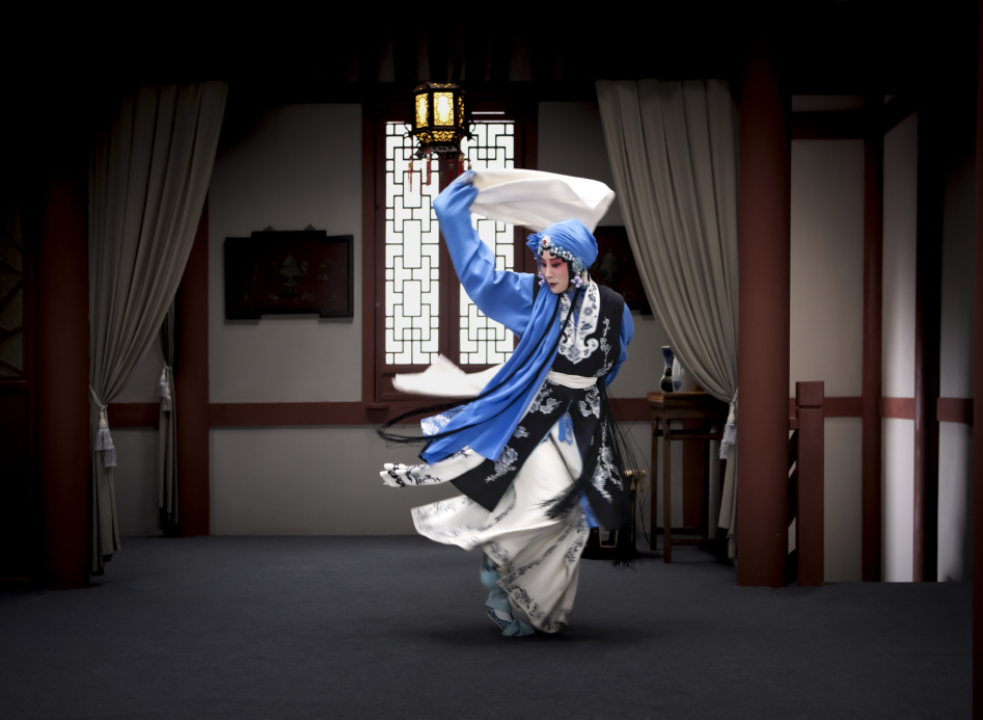
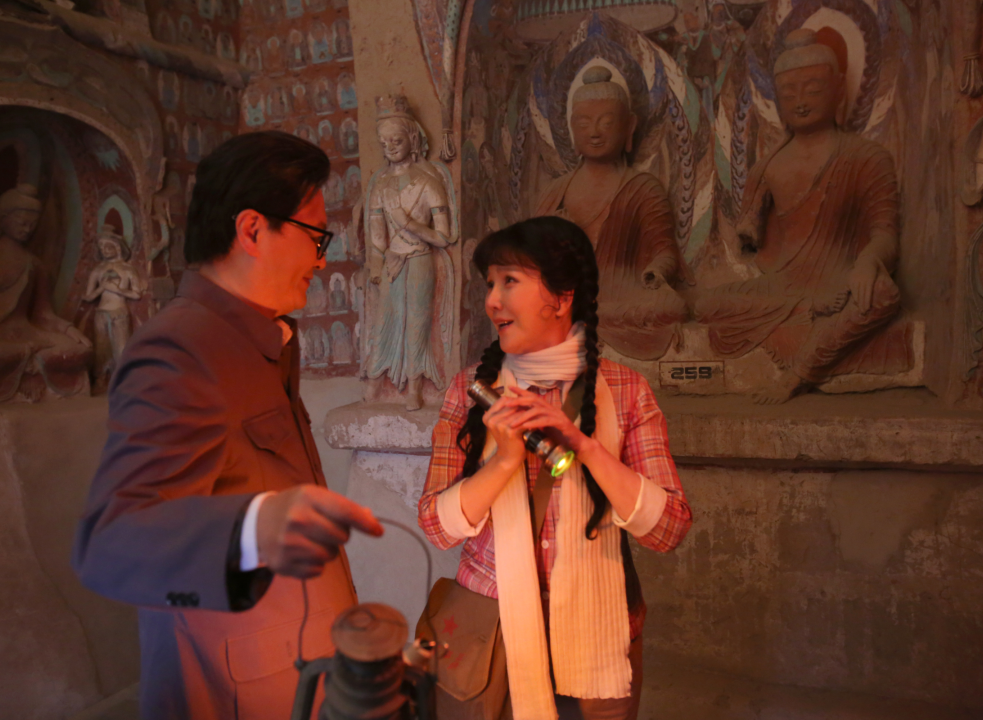
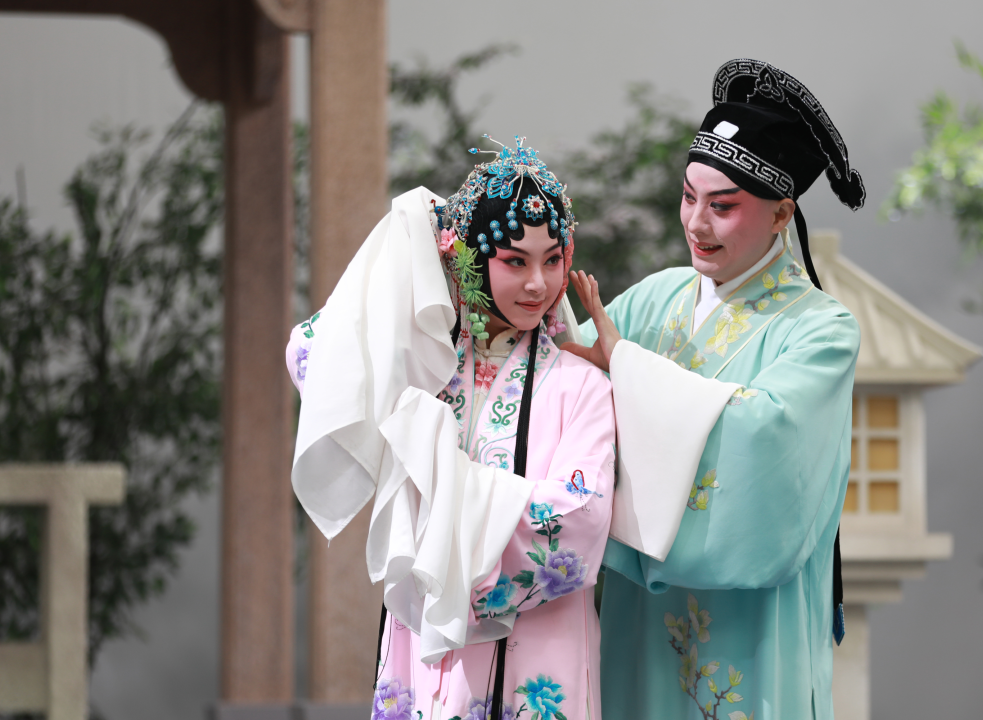
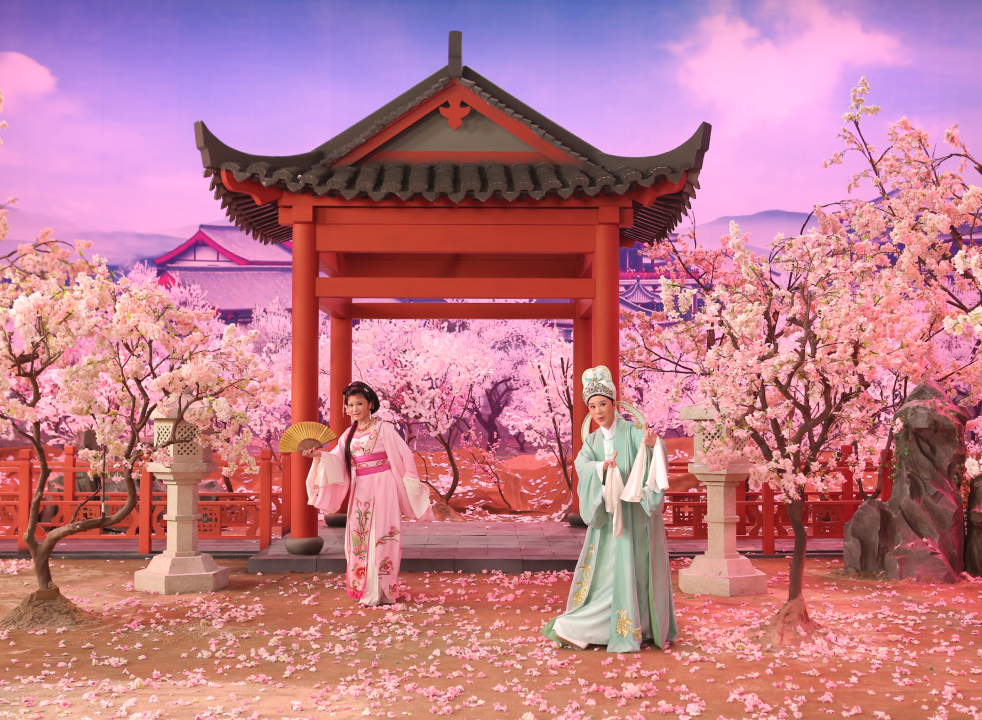
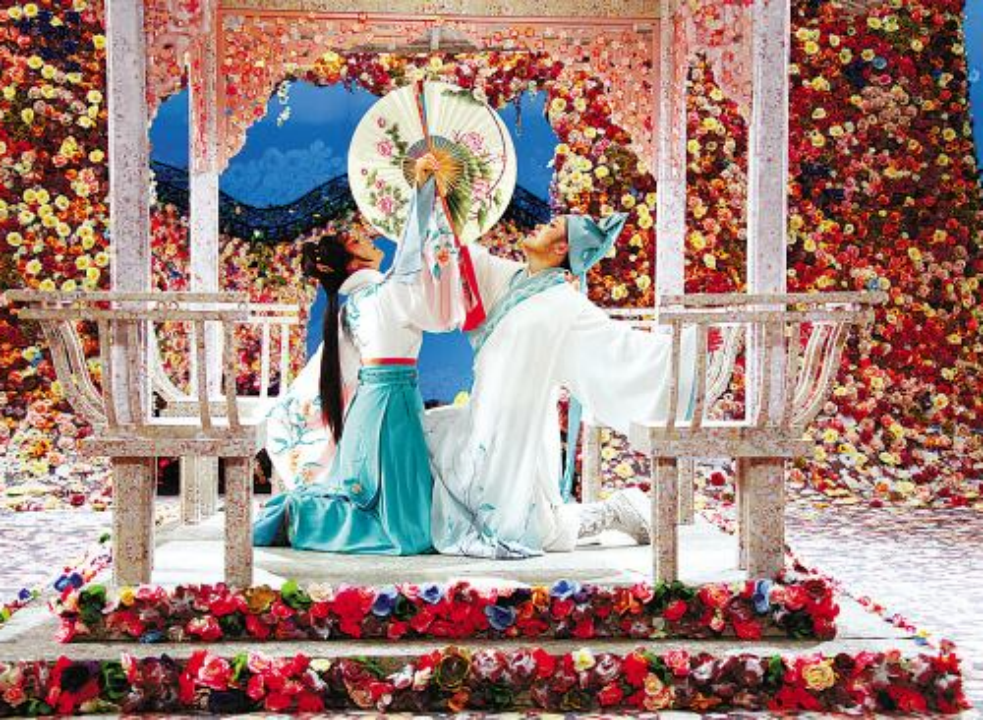
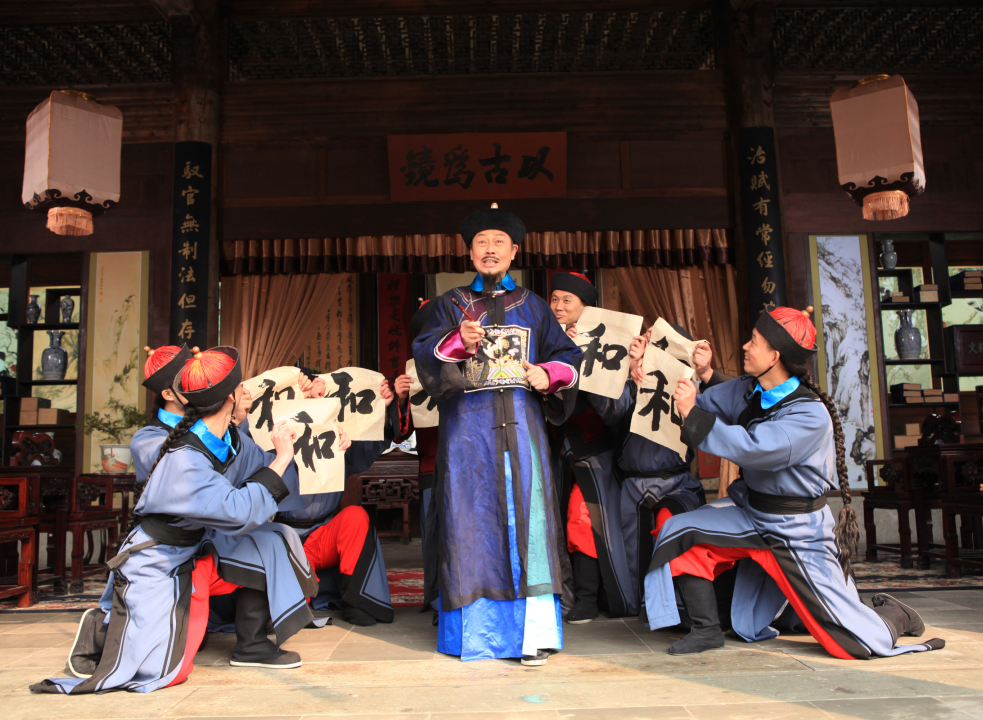
Jiu Bao, a graduate student and an enthusiast of stage performances, particularly enjoys drama and is a regular at the Shanghai Dramatic Arts Center. She loves traditional opera, especially Shaoxing opera, and often attends performances at the Yifu Theatre or Tianchan Peking Opera Centre, making these venues their cultural choice.
Like many urban youths, she and her partner also frequent cinemas to watch movies. During her years living abroad, Jiu Bao maintained her habit of watching plays and films, often viewing movies adapted from musicals. "I think it would be wonderful to see Chinese drama films in cinemas, given our country's rich theatrical history and the plethora of great stories it has produced," she mused.
Her wish reflects a proud tradition in Chinese cinema—the first recognized film in Chinese cinema history, DINGJUN MOUNTAIN(1905), which was an opera film; and after the establishment of China, the first color film, BUTTERFLY LOVERS, was also an opera film. This film was even shown to foreign journalists during the Geneva Conference, showcasing the image of China and the charisma of its splendid traditional culture.
Upon returning to China, Jiu Bao began to closely follow films adapted from traditional theater and opera. The Peking opera film LEGEND OF THE WHITE SNAKE, made by the Shanghai Film Studio in 1980, was the first traditional opera film she saw in a cinema and left a lasting impression on her. She is particularly fond of the 1958 Shaoxing opera film PROOF OF LOVE, written by Tian Han and An E, "In the play, the female characters are richly drawn, breaking free from traditional constraints to demonstrate their bravery."
However, opportunities to watch these films in cinemas are rare, mostly available during film festivals—making the festival a true celebration for fans of both opera and cinema.
The Allure of Blending Stage and Film Arts
During the screening of the Peking opera film THE KYLIN PURSE, many young attendees mentioned they came specifically for Zhang Huoding, a renowned Peking opera artist. It's well-known that tickets for Zhang's performances at the Shanghai Grand Theatre are notoriously difficult to obtain. These films adapted from opera have drawn many traditional stage art enthusiasts into cinemas. "It's a fusion of two completely different art forms, offering a distinct appreciation experience," explained Chen Xiaotao, who took a half-day off to watch the movie with her best friend.
Chen Xiaotao also loves opera films and has even enrolled in art popularization courses offered by the Shanghai Jingju Theatre. "I'm very amateur, but experiencing it firsthand is fascinating," she said. Watching the film version in Shanghai Film Art Center, she noted, "The film not only retains classic scenes from the stage but also offers more delicate character portrayals through close-ups, showcasing another unique beauty belonging to the cinematic form."
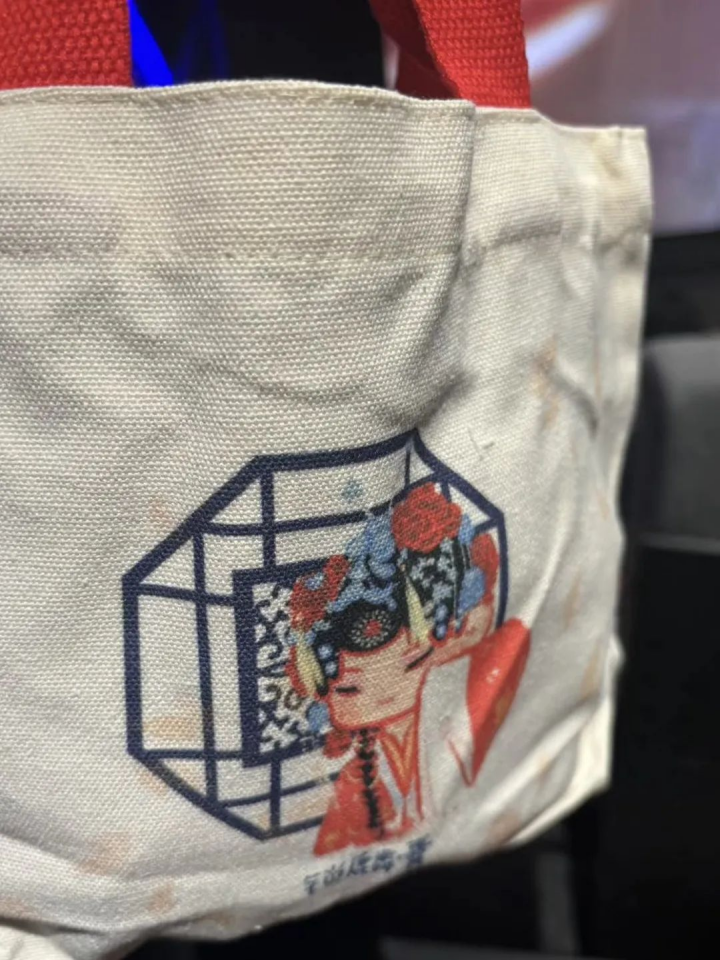
THE KYLIN PURSE film merchandise
Audiences hope to experience the charm of classic works through various art forms. "The modes of expression in drama and film are quite different. Drama can be more abstract, with plots that sweep broadly and lyrics that flow like water; films, on the other hand, need rich details to execute their narrative arcs," said Jiu Bao. "Traditional theater and opera presented in modern cinemas reveal a unique allure."









